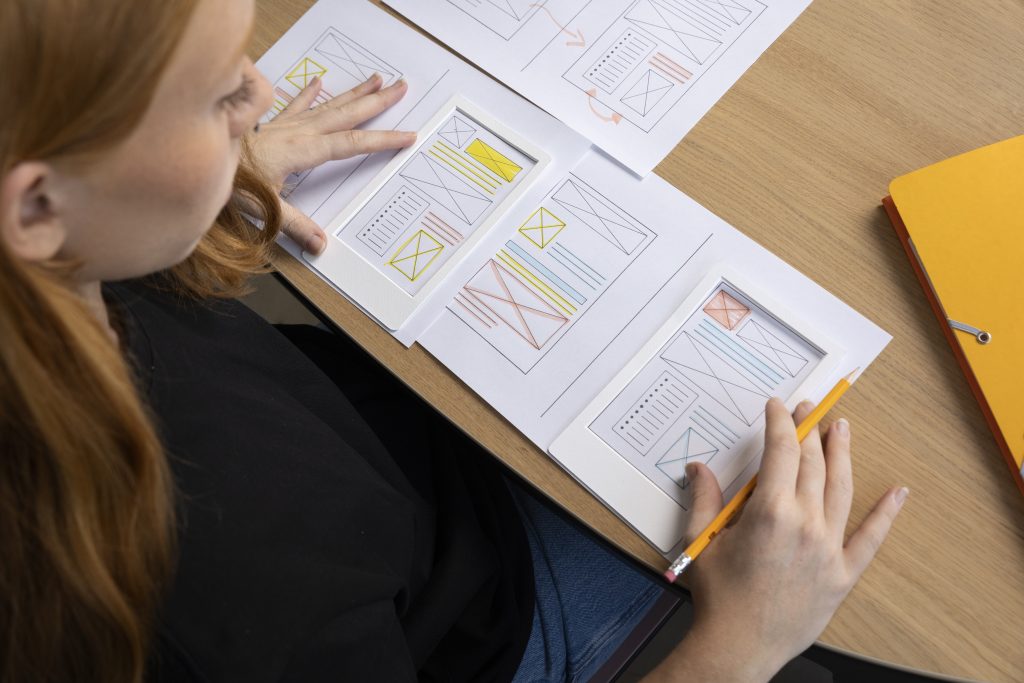In the ever-evolving world of design, one principle remains constant: the importance of user-centric design. This approach, centered around the needs and wants of the user, is not just a trend; it’s a fundamental shift in how we create products, services, and experiences. Let’s dive into what user-centric design is, why it’s crucial, and how you can implement it effectively.
What is User-Centric Design?
User-centric design (UCD) is a design philosophy and process in which the needs, expectations, and limitations of end users are given extensive attention at each stage of the design process. Unlike traditional approaches that focus on the product or technology first, UCD starts and ends with the user.
The process involves understanding the user’s characteristics, tasks, and environment, often through methods like user research and usability testing. This understanding then informs every decision, from the initial concept to the final product.
Why is User-Centric Design Essential?
Enhances User Experience
By focusing on users, UCD creates products that are more intuitive, accessible, and enjoyable. This leads to a better user experience, which is crucial in a world where users have countless options at their fingertips.
Drives Success
Products designed with the user in mind are more likely to be successful. They resonate more deeply with the target audience, leading to higher engagement, satisfaction, and loyalty.
Reduces Costs
Incorporating user feedback early and often in the design process can prevent costly redesigns and rework after a product is launched.
Promotes Accessibility and Inclusivity
UCD advocates for designing products that are accessible to all users, including those with disabilities. This not only expands the market reach but also ensures inclusivity.
How to Implement User-Centric Design
Understand Your Users
Start by conducting thorough user research. Use surveys, interviews, and observation to gather insights about your users’ needs, preferences, and pain points.
Create Personas and User Journeys
Develop personas representing your key user groups. Map out user journeys to understand how users interact with your product and where there might be pain points or opportunities for improvement.
Iterative Design and Testing
Design should be an iterative process. Create prototypes and conduct usability tests to gather feedback. Use this feedback to refine and improve your design.
Collaboration Across Teams
Encourage collaboration between designers, developers, product managers, and users. A multidisciplinary approach ensures a more holistic view of user needs.
Accessibility and Inclusivity
Design with accessibility in mind. Ensure your products are usable by people with a wide range of abilities and disabilities.
Measure Success
Define metrics to measure user experience and continually assess how well your product meets user needs.
Conclusion
In conclusion, user-centric design is not just a methodology; it’s a mindset that prioritizes the user at every stage of the design process. By embracing UCD, designers and companies can create products that are not only functional and aesthetically pleasing but also deeply resonant with the intended audience. Remember, when you put your audience first, success naturally follows.
Click here to have an overview of Mastering the Art of User Interface Design





